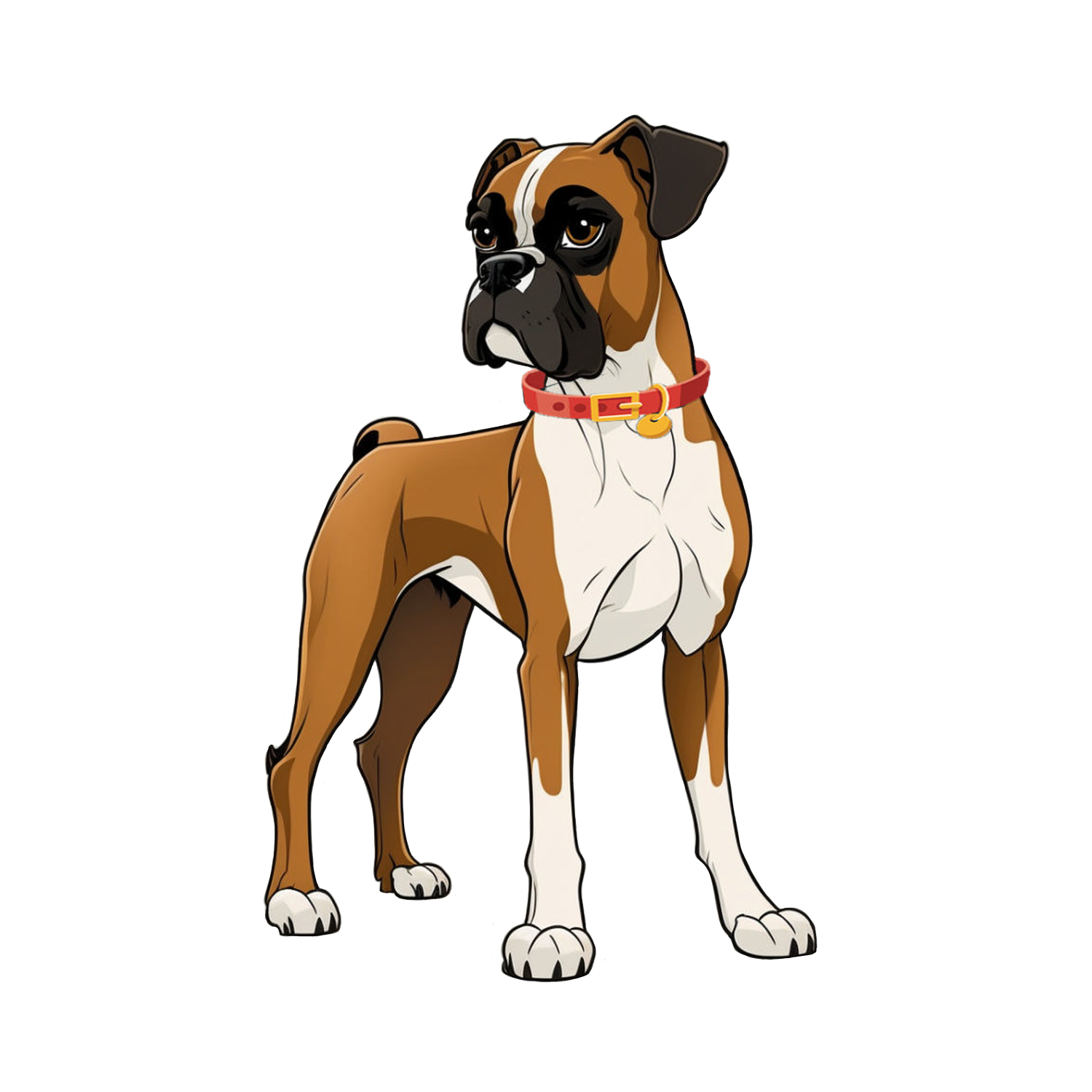2|1|25 - Become a Junior Mycologist: Let’s Go Mushroom Hunting!
Hello, young explorer! Have you ever walked through a forest and spotted mushrooms growing on the ground, on trees, or even on fallen logs? These magical fungi come in all shapes, sizes, and colors! If you love nature and enjoy discovering new things, then you might be ready to become a junior mycologist—a scientist who studies mushrooms and fungi!
Grab your magnifying glass and adventure hat, because today we’re going mushroom hunting!
What is a Mycologist?
A mycologist is a scientist who studies fungi, including mushrooms. Fungi are neither plants nor animals—they are their own special group of living things that help break down dead trees, enrich the soil, and even provide food and medicine. Some mushrooms are delicious and some even glow in the dark!
As a junior mycologist, your mission is to find, observe, and learn all about these fascinating fungi while exploring nature!
Where Can You Find Mushrooms?
Mushrooms love to grow in cool, damp places, and you can often find them in:
Forests – Look on the ground, near tree roots, or on fallen logs.
Parks & Gardens – Mushrooms sometimes grow in shaded, moist areas near plants.
Near Rivers & Lakes – Mushrooms love damp soil and decaying wood.
Even Your Backyard! – You might find tiny mushrooms growing in the grass after a rainy day!
What to Bring on a Mushroom Hunt
Before heading out, make sure you have everything you need for a safe and fun mushroom adventure!
Notebook & Pencil – Write down what you find and sketch cool-looking mushrooms.
Magnifying Glass – Take a closer look at mushroom details like gills, caps, and stems.
Camera or Phone – Take pictures instead of picking mushrooms so you can study them later.
Gloves – Some mushrooms can be toxic, so it’s best to look, not touch!
Guidebook or Mushroom App – Helps you identify different types of mushrooms.
Fun Mushroom Shapes & Colors to Look For!
Mushrooms come in all sorts of shapes and colors! Here are some cool ones to look for:
Umbrella Mushrooms – The classic toadstool shape with a round cap and long stem.
Shelf Mushrooms – These grow like stacked plates on tree trunks.
Puffball Mushrooms – Round, white mushrooms that release spores like smoke when touched!
Bright Red or Yellow Mushrooms – These are beautiful but often poisonous, so just admire them from afar!
Glowing Mushrooms – Some fungi actually glow in the dark, like bioluminescent mushrooms found in deep forests!
Safety Tips for Mushroom Hunting
⚠️ Never eat a mushroom you find in the wild! Some mushrooms are safe to eat, but others can be very poisonous. Only expert mycologists can tell the difference!
⚠️ Don’t pick mushrooms! Instead, take pictures and notes so you can study them later.
⚠️ Wash your hands after your adventure, just in case you touched a mushroom by accident.
⚠️ Go with an adult – Exploring the forest is fun, but always bring a grown-up with you for safety.
Cool Mushroom Facts!
Mushrooms aren’t plants! They belong to the fungi kingdom and grow differently from flowers and trees.
The largest living thing on Earth is a mushroom! A huge underground fungus in Oregon covers over 2,000 acres—that’s bigger than 1,500 football fields!
Mushrooms can be medicine! Some mushrooms, like reishi and shiitake, are used in teas and medicines to help people stay healthy.
Fungi help forests grow! Mushrooms break down dead plants and turn them into nutrients for the soil. Without fungi, forests wouldn’t be as healthy!
Make Your Own Mushroom Spore Print!
Want to do a fun mycologist experiment at home? Try making a mushroom spore print!
You’ll need:
- A fresh mushroom (store-bought will work too!)
- A white or black piece of paper
- A few drops of water
- A bowl or container
Steps:
1️⃣ Remove the mushroom stem so only the cap remains.
2️⃣ Place the mushroom cap gills-down on the paper.
3️⃣ Add a few drops of water on top to help release the spores.
4️⃣ Cover the mushroom with a bowl and leave it for 12-24 hours.
5️⃣ Carefully lift the mushroom cap to reveal a beautiful spore print!
This print shows the tiny spores that mushrooms use to spread and grow new fungi. Each type of mushroom has a unique spore pattern—just like a fingerprint!
Your Junior Mycologist Adventure Starts Now!
Now that you know all about mushrooms and how to safely explore nature, you’re ready to become a junior mycologist! Whether you're searching for glowing mushrooms, discovering colorful fungi, or making spore prints at home, there’s always something new to learn about the amazing world of mushrooms!
So grab your notebook, head outside, and start your mushroom hunting adventure today!
Happy exploring, young adventurers!
